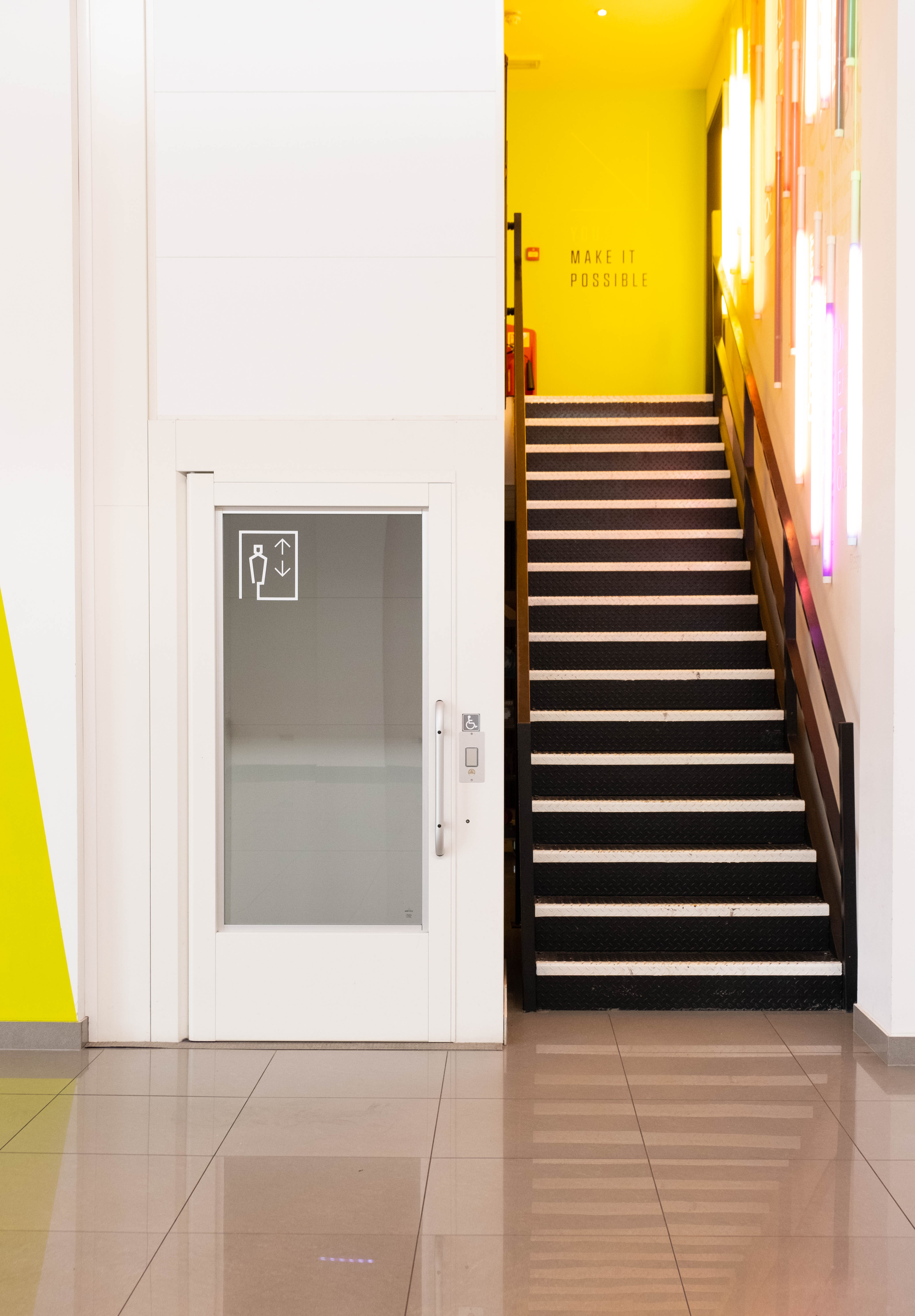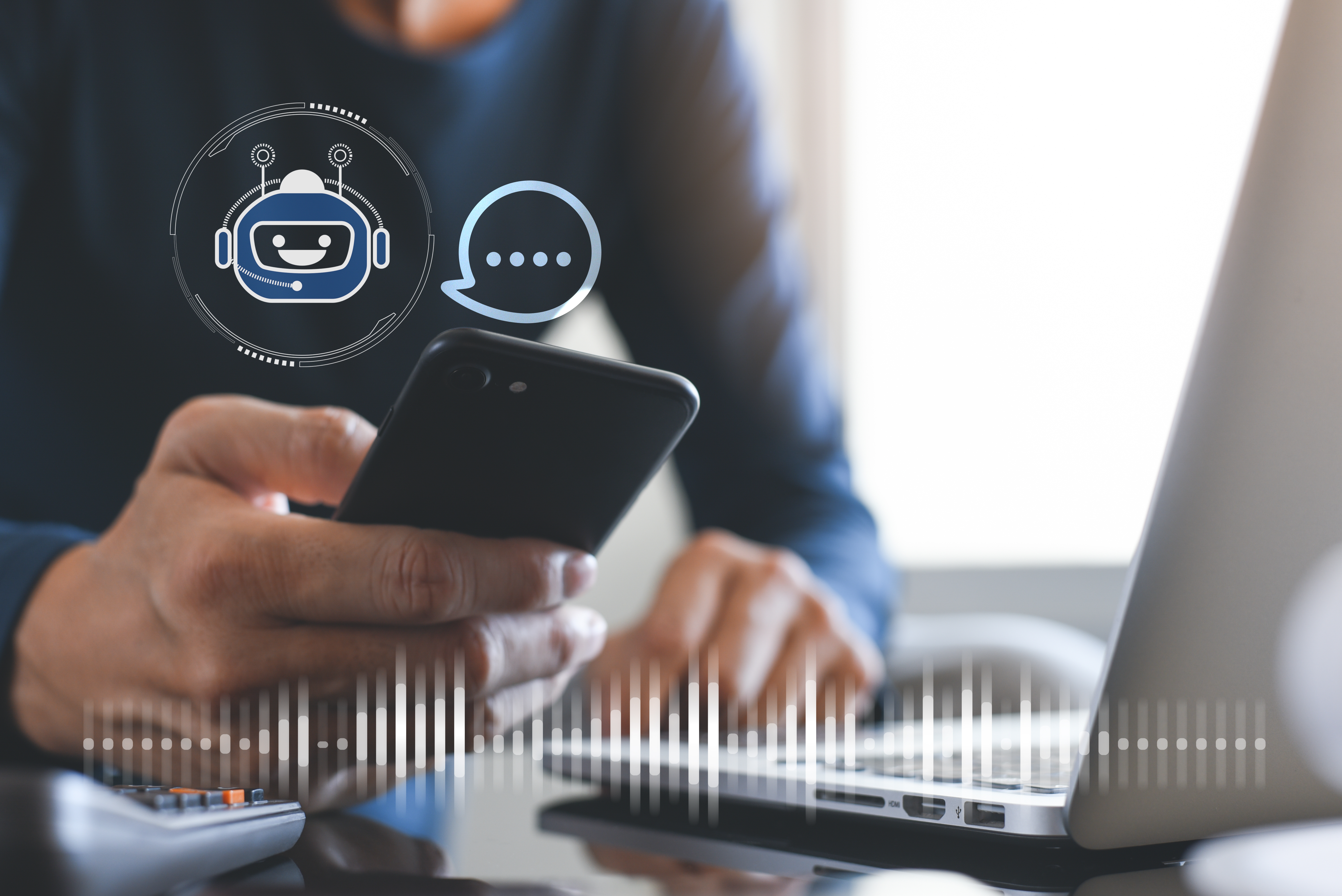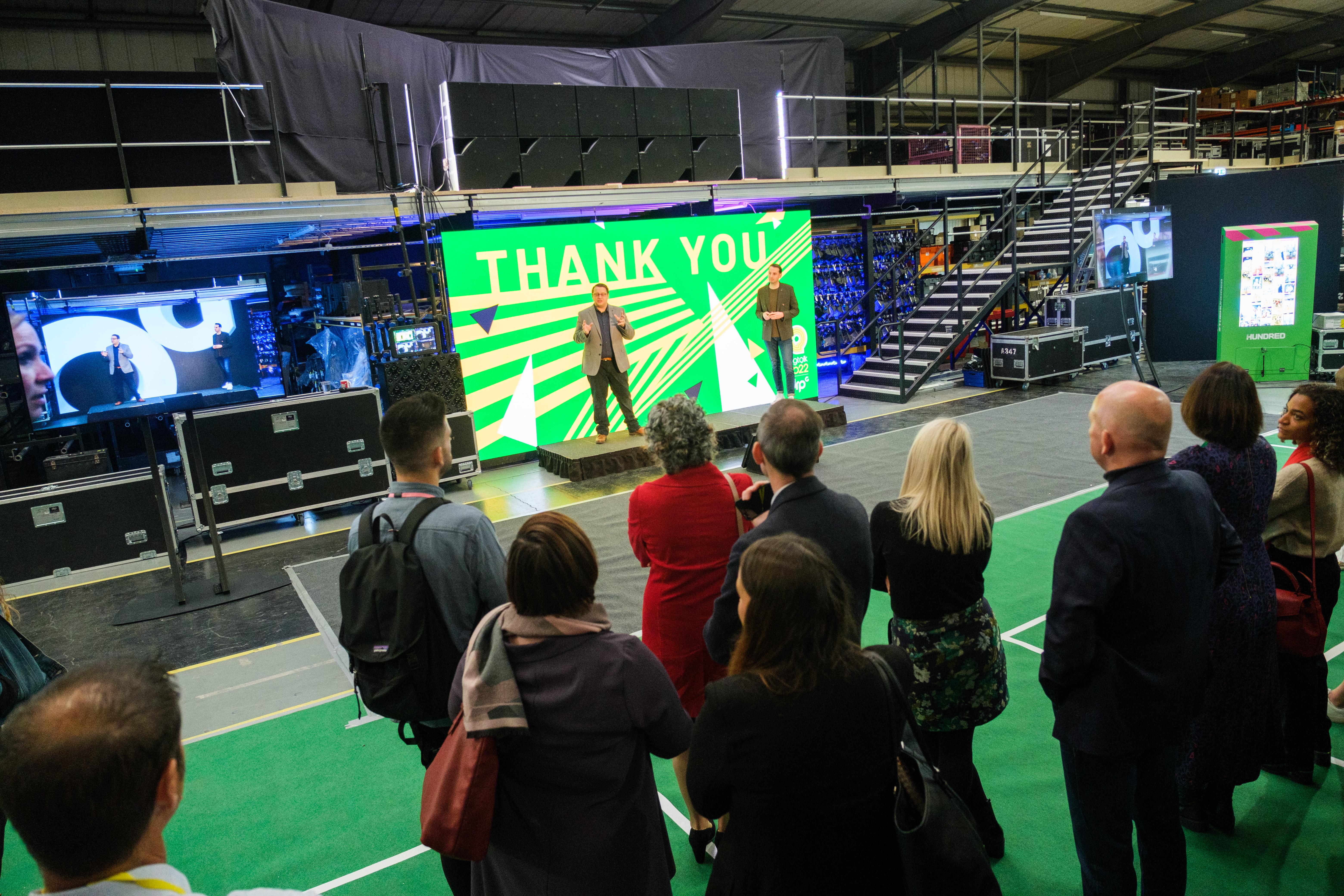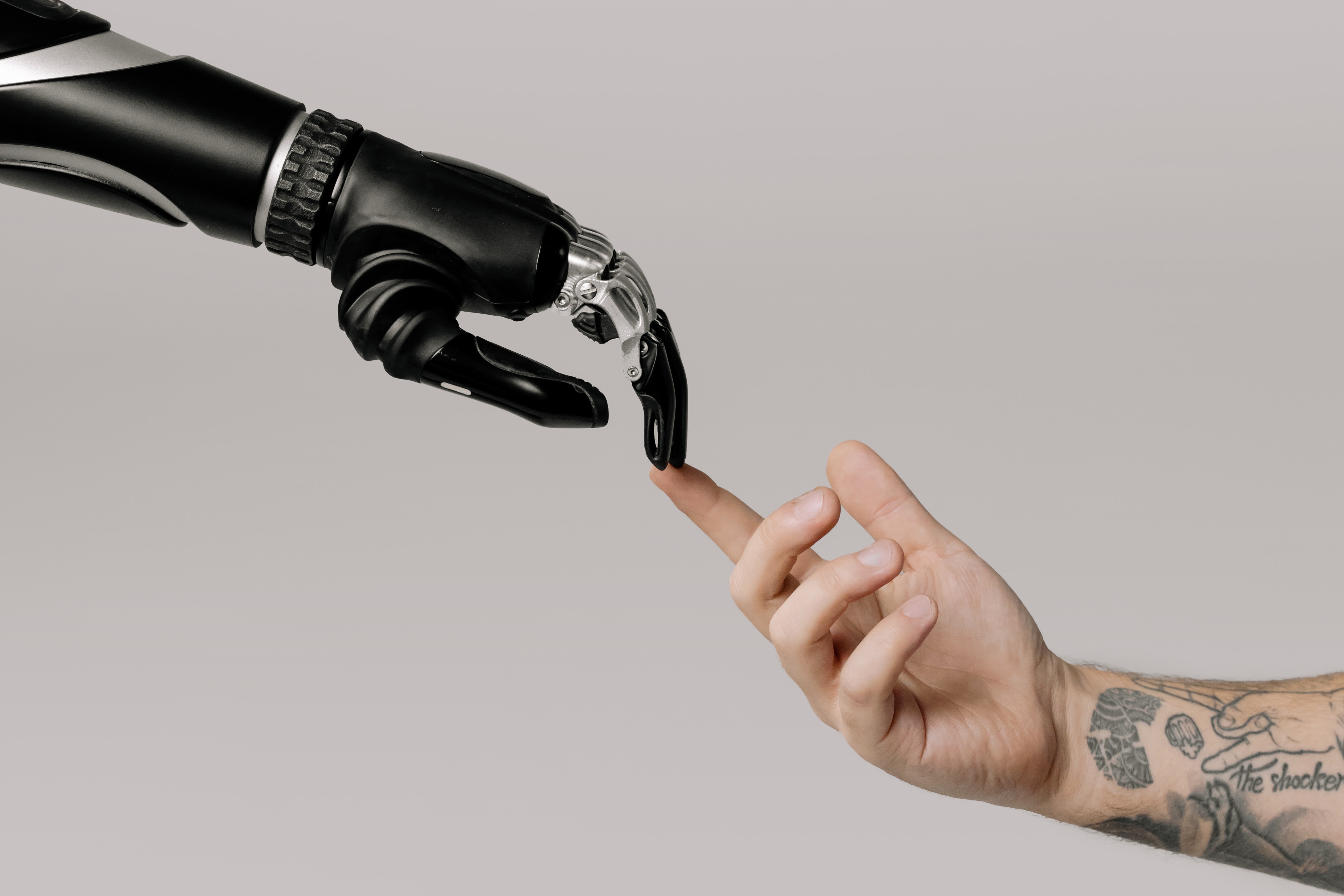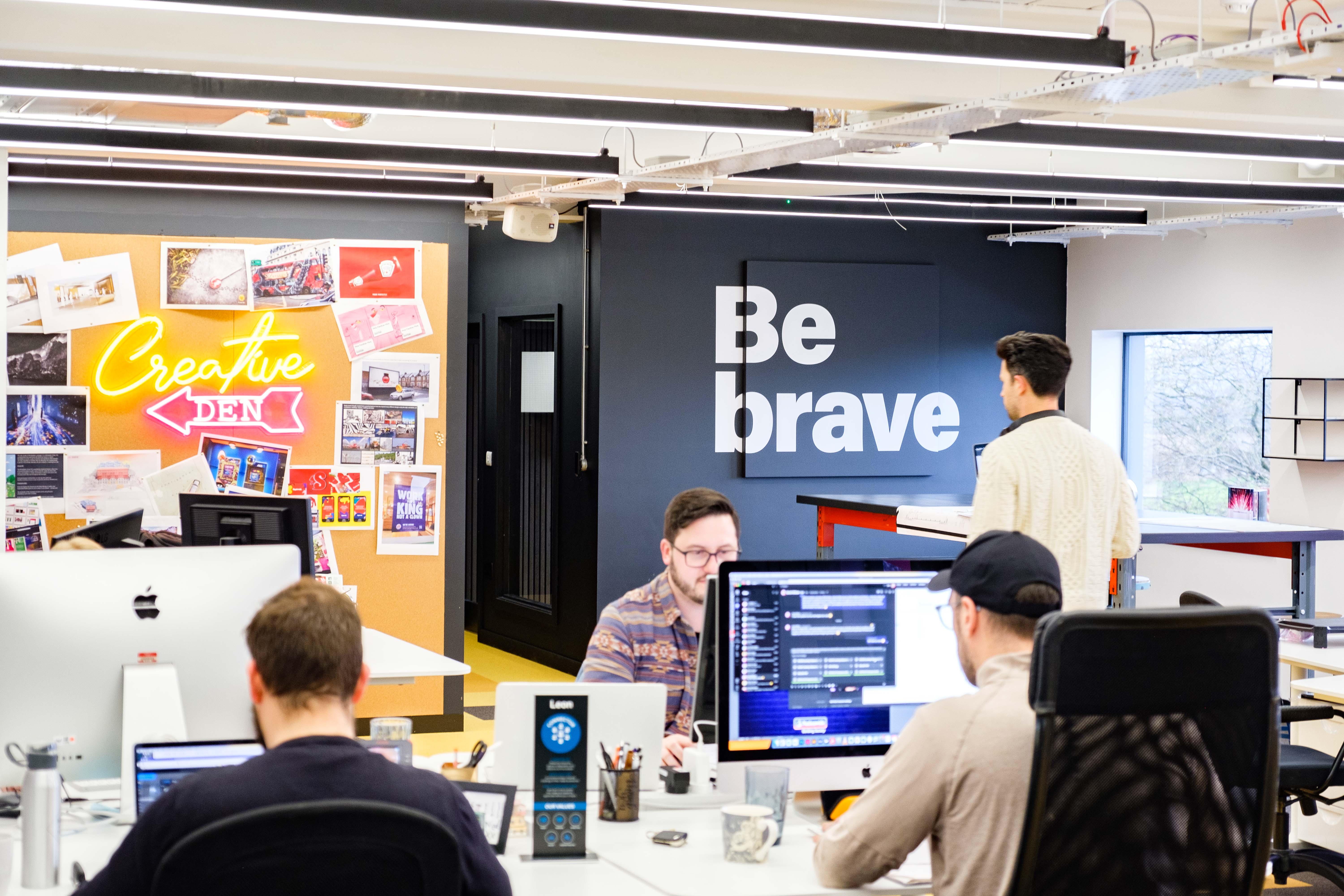AI, or Artificial Intelligence, is revolutionizing the way we live and interact with technology. With more tools being talked about every day, it’s easy to see how generative AI – that’s the tech behind tools like ChatGPT and Midjourney – will change the way we live, work and interact with the world around us. We can’t help but wonder, will these changes help level the playing field too?
This article has utilised AI to adapt the text into 'Bionic reading', in aid of making it more accessible for neurodiverse readers
Accessibility and inclusion have long been talking points in most workplaces, but it’s action that really matters. Now, AI is opening up new possibilities and breaking down barriers for people with a huge range of needs and limitations. As Microsoft CEO, Satya Nadella, recently said, “There are a billion people in the world who don’t fully participate in our economies or societies. Technology [like AI] can allow them to fully participate.” Here are just a few ways it’s already changing the game:
1. Personalized tools for neurodiversity
Neurodiversity encompasses a wide range of conditions such as dyslexia, autism, ADHD, and more. The needs of neurodiverse people are hugely varied and highly personalized, but the wealth of AI-powered tools we have to hand means there’s pretty much something out there for everyone. For instance, speech recognition technology can help those with dyslexia convert spoken words into written text, making it easier to communicate effectively. It can make your text bionic, just like this blog, to help neurodiverse people read more easily too. AI-driven apps can also provide real-time feedback and support for individuals with ADHD, helping them to stay focused and organised with minimal effort.
2. Quick translation for the hearing impaired
AI-powered speech recognition and transcription technologies are all set to transform the lives of people with hearing impairment. These technologies, like Otter.ai or SpeechText.AI, convert spoken words into written text, allowing people with hearing difficulties to participate fully in conversations and meetings. AI can also facilitate real-time captioning during live events or provide sign language interpretation through avatars, bridging the communication gap that so often leaves people left behind.
3. Support for social anxiety
Though rarely included in conversations around accessibility and inclusion, socially anxious people can find it difficult to engage in certain environments or situations, meaning they often miss out on experiences. Virtual reality (VR) simulations, powered by AI algorithms, are now being discussed as a way to create safe and controlled environments for exposure therapy. This enables people to gradually confront their fears and build confidence in social situations. If that seems like too much of a leap, there are quick solutions to common problems out there too. Chatbots driven by AI, for example, offer a judgment-free space to develop their communication skills and get information without the pressure of human interaction.
4. Audio tools for the visually impaired
Independence and accessibility go hand in hand, and AI is opening up new possibilities for both. For those with visual impairments, AI can be a useful tool for navigating practically any space, whether real, virtual or digital. Smartphones equipped with AI-powered apps can audibly describe environments, read out text, and recognize objects, making everyday tasks more manageable. Plus, AI can optimize websites and digital content for screen readers, ensuring a seamless browsing experience for people with visual impairments.
5. Creating accessible content
Beyond helping individuals perform certain tasks, AI could help us move the conversation on web accessibility forward. We’ve talked before about how key web accessibility is in ensuring everyone can access brands’ content and engage in the one space we all share online. AI can help by automatically generating alternative text descriptions for images, videos, and other visual elements. It can even analyze elements like colour contrast, font sizes, and navigation structures, pointing developers in the right direction for big improvements.
There’s no question that AI has the power to be a game-changer for accessibility. Putting it into practice may take a little time, and some trial and error, but by harnessing its capabilities we can create a world that is more inclusive.
We’re already using AI in multiple ways here at DRPG. Want to chat about how it could help your business? Just get in touch with our tech whizzes at anythingspossible@drpgroup.com


